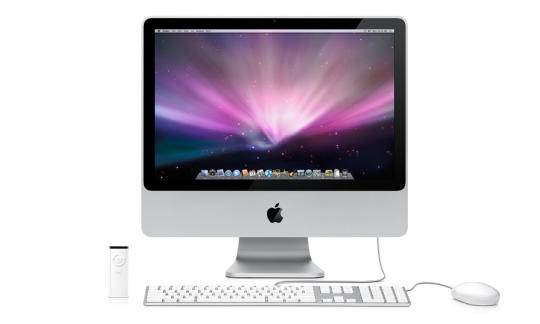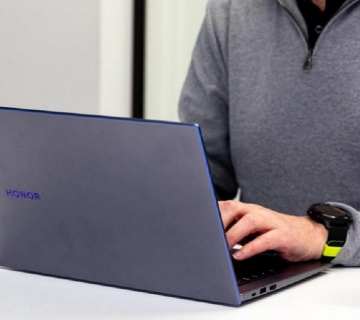 If you’re like many PC users, you have one or more Macs in your home or office. Here are some tips to help you work faster and have a little more fun on your Mac.
If you’re like many PC users, you have one or more Macs in your home or office. Here are some tips to help you work faster and have a little more fun on your Mac.
Defragging your hard drive is far less necessary than it was just a few years ago. Given the generous size of modern hard drives, their faster speed, and greatly improved caching abilities, operating systems don’t have to scrounge for disk space as much as they once did. Since Mac OS X 10.3 (Panther), Mac OS X has used a process reason to defrag your hard drive.
However, hard drives still have problems and if you suspect something is wrong with yours, run the Disk Utility to check for hard drive errors. Click Finder in your Dock to open the Finder window. On the left side of the Finder window, under Places, select Applications. In the right-hand window find the Utilities folder and click to open it. Inside the Utilities folder, double-click the Disk Utility application.
This opens the Disk Utility. On the left side, select the drive you want to check. Select First Aid from the tabs on the right-hand side. (The other tab options are Erase, Partition, RAID, and Restore.) First Aid allows you to identify and repair disk problems.
First, click the Verify button to check your drive for problems. If problems are found, click the Repair Disk button. If no problems are found, the Repair Disk button will remain grayed out. If no disk problems were found, click Verify File Permissions to determine whether there are problems with your files. If file permission problems are found, click the Repair File Permissions button to fix them.
Rename Your Hard Drive
Do you want to rename your Mac hard drive? By default, the hard drive on your Mac is called Macintosh HD. It’s easy to rename, though. CTRL-click the Macintosh HD icon on your desktop. Select Get Info from the pop-up menu. This brings up the hard drive information window, displaying some basic information about your hard drive, such as its size and available space. Under Name & Extension, you’ll see the current drive name. In this field, enter the new drive name.
Clean Up & Arrange Your Desktop Icons
Is your desktop getting a little cluttered? Here’s a quick, easy way to rearrange and straighten out your desktop. First, start Finder by clicking the Finder icon on your Dock. Close or minimize the
Finder navigation window so you have a clear view of your desktop. Select everything on your desktop using COMMAND-A. Click View from the Finder menu bar, then select Clean Up Selection from the drop-down menu. This arranges all the icons on your desktop into a nice grid pattern. However, if you have more icons on your desktop than there’s room available to arrange them, those extra icons will end up stacked on top of each other in the upper-right corner of the desktop.
Tweak Display Dock Folders
If you click a folder on your Dock, it will usually give you a Fan view of the documents in that folder. The Fan view shows the first few documents in the folder, then lumps all the rest together, reporting that you have X number of other documents.
That’s fine if you only have a few documents in the folder, but it’s not very useful if there are a lot.
There are other ways to view the documents in these folders. CTRL-click the folder on your Dock. A pop-up menu appears with some options for customizing the folder. Under View Contents As, you can select List, Grid, or Automatic. List will give you a listing of the contents, Grid will arrange the content on a rectangular grid, and Automatic will let the Mac decide whether Fan, List, or Grid is the best choice.
Use Another Application To Edit Photos In iPhoto
Do you like iPhoto for organizing your photos, but want to use another application for editing your photos? iPhoto is good for organizing photos, but there are other image editors that have more features. If you have another image editor on your Mac, you can instruct iPhoto to use this image-editing program. With iPhoto open, click iPhoto on the menu bar. Select Preferences, opening the iPhoto Preferences dialog box. Select Advanced. Click the dropdown menu next to Edit Photos. By default, this is set to In iPhoto. Select In Application from the drop-down menu, then find your image-editing application in the application folder.
About Author:
Guest Post by Kashif Raza. Find verizon promo code and coupon codes at connectionfly.



